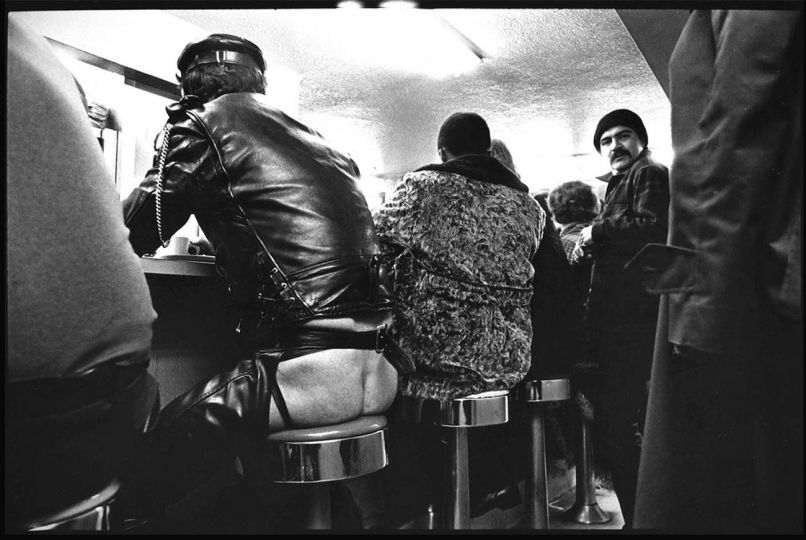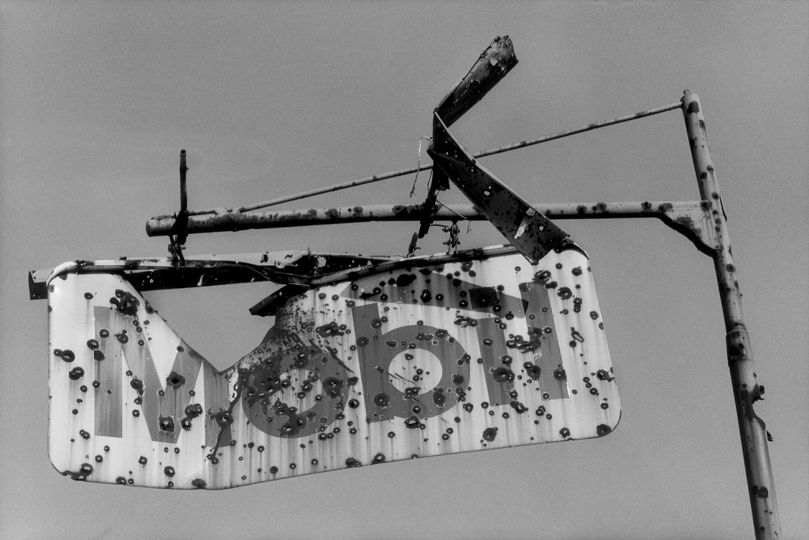“Societies have always been shaped more by the nature of the media by which men communicate than the content of the communication…. The alphabet and print technology fostered and encouraged the fragmentation process, a process of specialism and detachment. Electric technology fosters and encourages unification and involvement…. How shall the new environment be programmed now that we have become so involved with each other, now that all of us have become the unwitting work force for social change?”
Marshall McLuhan first wrote these words in the The Medium is the Massage.
The Medium is the Massage (Gingko Press)
First published in 1967, it is now being reprinted by Gingko Press with a cover designed by Shepard Fairey, replacing the most recent design by David Carson. Its observations on the ways in which electronic communication changes our destiny as individuals and as humanity as a whole are more appropo than ever. With the rise of digital media, the place of print in our lives is being transformed before our very eyes. “The book is an extension of the elle,” McLuhan decides, while, “Electric circuitry, an extension of the central nervous système.” We only need one of these to survive. Yet we have both, and have been graced to be able to use this transformation to our advantage. The very idea of that readers use the Internet to discuss and discover books opens the conversation beyond the hyper simplified and fatalistic notion that Print is Dead.
“The environment as a processor of information is propaganda,” McLuhan reminds us. “Propaganda ends where dialogue begins. You must talk to media, not the programmer.” Or rather, what you read and what you see are only an interpretation of our collective reality and exist to be questioned rather than believed. Yet books are often taken as gospel, perhaps because the gospel is a book.
Authorship is an exclusive club to which few will ever belong. McLuhan notes, “The invention of printing did away with anonymity, fostering ideas of literary fame and the habit of considering intellection effort as private property.” The Internet tears this notion down time and again, providing platforms in equal part for piracy and anonymity. “Print technology created the public. Electric technology created the mass. The public consists of separate individuals walking around with separate, fixed points of view. The new technology demands that we abandon the luxury of this posture, this fragmentary outlook.” The return of the village, on a global scale where information is freely shared scares, excites, and redefines each one of us.
Publish Your Photography Book (Princeton Architectural Press)
Meanwhile… “Photography books have never commanded greater interest than they do today. Over the past fifteen years, interest in photography books have grown at an accelerated rate, due in no small part to the welcoming embrace of photography by the contemporary art world…” —not to mention the revolutions in digital technology that have changed the publishing game. So begins the introduction to Publish Your Photography Book (Princeton Architectural Press) by Darius D. Himes and Mary Virginia Swanson.
A long-overdue addition to the public discourses on photography and publishing, Himes and Swanson provide practical advice to what is a burgeoning market of creatives whose desire to be recognized requires a starting point. Smart and accessible, informative and attractive, insightful and inspiring, Publish Your Photography Book is required reading for anyone who wants to get into the game today.
The book provides an overview of the history of photography book publishing, going back to the nineteenth century when Henry Fox Talbot offered The Pencil of Nature, an unbound folio distributed by subscription on a quarterly basis. Fast forward to the twenty-first century when Andrew Roth released his seminal volume The Book of 101 Books, and the history of the photography book became a topic of conversation unto itself.
In the intervening years, volumes upon volumes were published, some definitive, others remaindered, all the while spurring a desire among many to throw their hat in the ring. Yet within publishing as a whole, photography sits in a rarified niche, the expense and the limitations of the public’s visual literacy keeping it the provenance of a fairly exclusive clique. But photography as a medium has simultaneously gained cache as well as access with the advent of digital technology. The result is a rise in the production of content to a relatively small audience, for most people who get into publishing never went to business school and have not figured out as yet how to increase market share.
That’s what makes this book so very valuable; it is Publishing 101, required reading for all aspiring authors. With special emphasis on the industry itself, as well as all things editorial, design, production, and marketing, Publish Your Photography Book provides essential information along with guest lectures from industry leaders. Complete with case studies from the likes of Alec Soth, David Maisel, Alex Webb and Rebecca Norris among others, this book is as close as one can get to being in a publishing house before the contract locks down the deal.
Photographers A–Z (Taschen)
Undoubtedly, what is a book review column discussing the place of photography books in our time without a book that references the best of the best in a beautifully produced tome? Hans-Michael Koetzle’s Photographers A–Z (Taschen) is the latest release to offer an overview of the medium, organized like an encyclopedia, and perfect for nerding out.
The presentation is flawless; informative without being overwhelming, each photographer given a page for their respective book, and for a select few that means two titles over a double page spread. Each book is shown in spreads, as much in celebration of the photograph as it is to the book design itself. The images are thumbnails, offering a delicious little taste; each page is a different flavor, so much so that this book can be savored over and over again without ever wearing thin.
Photographers A–Z is as much a source of gossip (“Who’s in? Who’s out?”) as it is a source of news (“Who’s thaï?”) as it is a source of conversation (“Really? I don’t think so.”), so much so that it’s the kind of thing you might like to share with a friend and discuss the selections in real time. Or at least, that’s what I did, shouting out names and looking them up—from Larry Clark’s Tulsa to Danny Lyon’s Memories of Myself; from Garry Winogrand’s The Animals to James Nachtwey’s L’Enfer; Helen Levitt’s A Way of Seeing to Robert Capa’s Slightly Out of Focus. Add to that a slew of titles and photographers that I had never heard of and Photographers A–Z is the ultimate reference book, a place to return for solace, inspiration, and comfort. Print is Dead? I think not.
Miss Rosen
















